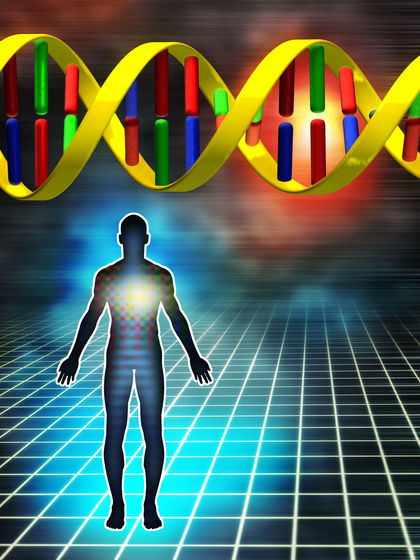- Home
- Medical news & Guidelines
- Anesthesiology
- Cardiology and CTVS
- Critical Care
- Dentistry
- Dermatology
- Diabetes and Endocrinology
- ENT
- Gastroenterology
- Medicine
- Nephrology
- Neurology
- Obstretics-Gynaecology
- Oncology
- Ophthalmology
- Orthopaedics
- Pediatrics-Neonatology
- Psychiatry
- Pulmonology
- Radiology
- Surgery
- Urology
- Laboratory Medicine
- Diet
- Nursing
- Paramedical
- Physiotherapy
- Health news
- Fact Check
- Bone Health Fact Check
- Brain Health Fact Check
- Cancer Related Fact Check
- Child Care Fact Check
- Dental and oral health fact check
- Diabetes and metabolic health fact check
- Diet and Nutrition Fact Check
- Eye and ENT Care Fact Check
- Fitness fact check
- Gut health fact check
- Heart health fact check
- Kidney health fact check
- Medical education fact check
- Men's health fact check
- Respiratory fact check
- Skin and hair care fact check
- Vaccine and Immunization fact check
- Women's health fact check
- AYUSH
- State News
- Andaman and Nicobar Islands
- Andhra Pradesh
- Arunachal Pradesh
- Assam
- Bihar
- Chandigarh
- Chattisgarh
- Dadra and Nagar Haveli
- Daman and Diu
- Delhi
- Goa
- Gujarat
- Haryana
- Himachal Pradesh
- Jammu & Kashmir
- Jharkhand
- Karnataka
- Kerala
- Ladakh
- Lakshadweep
- Madhya Pradesh
- Maharashtra
- Manipur
- Meghalaya
- Mizoram
- Nagaland
- Odisha
- Puducherry
- Punjab
- Rajasthan
- Sikkim
- Tamil Nadu
- Telangana
- Tripura
- Uttar Pradesh
- Uttrakhand
- West Bengal
- Medical Education
- Industry
60 genetic disorders cause skin and nervous system problems

One of the most common genetic disorders is called neurofibromatosis that causes brown spots on the skin and benign tumours on the brain, spinal cord and other parts of the nervous system.
"Neurofibromatosis is one of at least 60 genetic diseases called neurocutaneous disorders that involve the skin, central nervous system, and/or peripheral nervous system," said the team from Loyola University Medical Centre and Loyola University Chicago. Neurocutaneo disorders are caused by abnormal development of cells in the embryonic stage, leading to tumours in various parts of the body.
"Neurofibromatosis is one of at least 60 genetic diseases called neurocutaneous disorders that involve the skin, central nervous system, and/or peripheral nervous system," said the team from Loyola University Medical Centre and Loyola University Chicago. Neurocutaneo disorders are caused by abnormal development of cells in the embryonic stage, leading to tumours in various parts of the body.
Disorders may be inherited or develop from spontaneous mutations. Although treatments are improving, there are no cures for neurocutaneous disorders. Neurofibromatosis patients "are best managed by a multidisciplinary team of specialists aiming to maximise healthy growth and development and to treat complications as early as possible", wrote Anna Carolina Paiva Costa T. Figueiredo, Nikolas Mata-Machado, Matthew McCoyd, and Jose Biller.
Among the other more common neurocutaneous disorders are tuberous sclerosis complex, which affects about 1 in 5,8000 newborns and Sturge-Weber syndrome, which affects between 1 in 20,000 and 1 in 50,000 newborns.
Next Story


